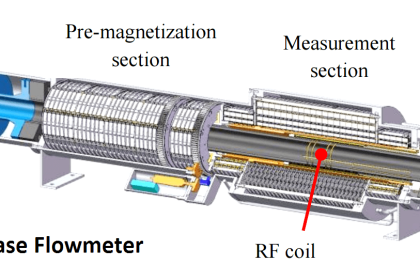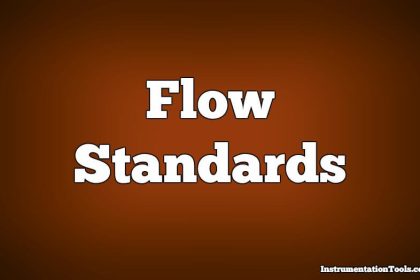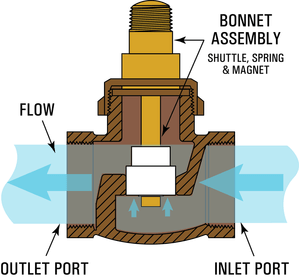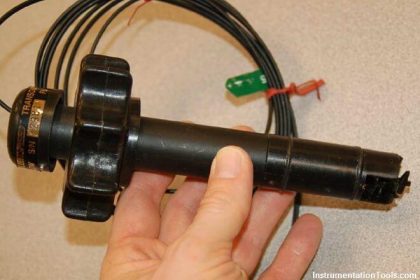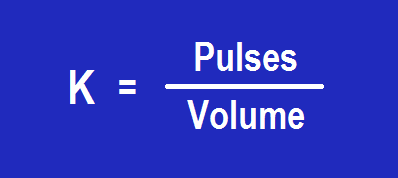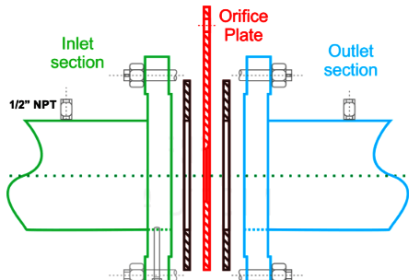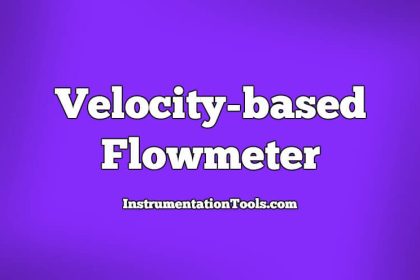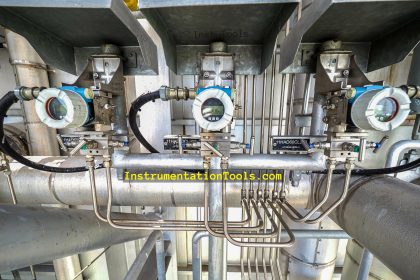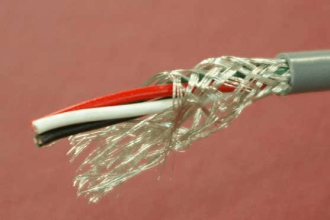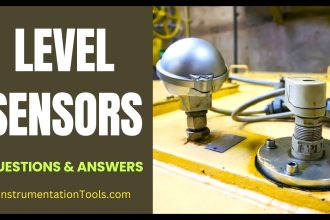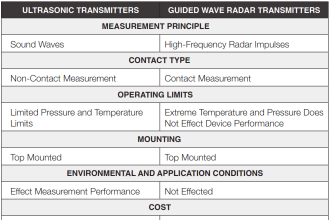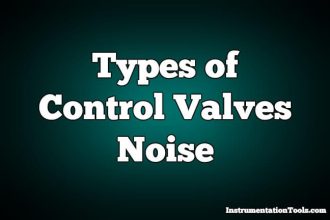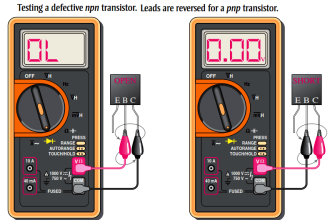An interferometer is a precise instrument for flow visualization. The variation of the refractive index of the flowing gas with density is the basic principle used in this system.
Contents
The principle of interference of light waves is used. At a phase angle, the number of fringes is in relation to the change in density with respect to the zero fringe condition.
Interferometer
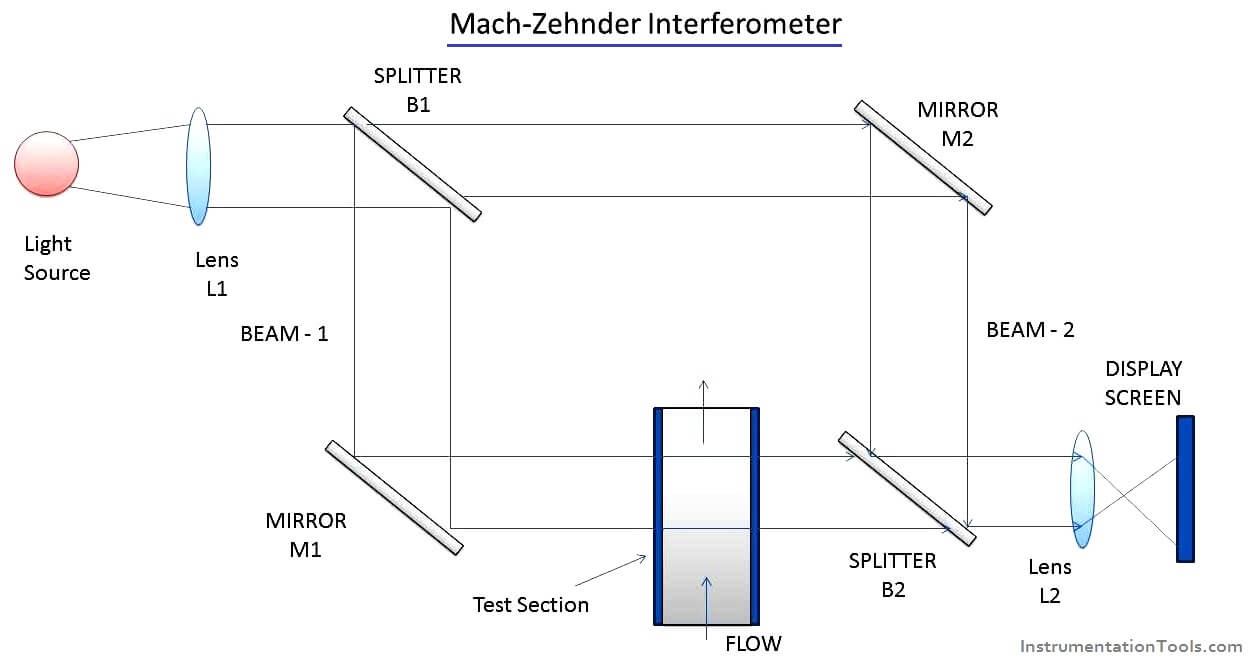 The arrangement consists of the following:
The arrangement consists of the following:
- Two windows to form a test section
- A light source
- Two Lenses L1 and L2
- Two beam splitters B1 and B2
- Two mirrors M1 and M2
- A display Screen.
Operation of Interferometer
- Light rays from a source are collimated with a lens L1. That is, the light rays become a parallel beam of rays when they come out of the lens L1.
- These collimated light rays are then split by a beam splitter B1. The two beams traverse at right angles to each other.
- That is the beam splitter B1 makes half of the light to go to mirror M1. The remaining half is reflected towards mirror M2.
- Beam 1 is made to pass through the test section (to experience the flow filed) and beam 2 travels an alternate path, but of equal length.
- The two beams are again brought together with the help of beam splitter S2 and are then focused onto the display screen.
- Because of the variation in the refractive properties of the flowing gas in the test section, beams-1 will have a travel path of different optical length when compared to that of beam 2. Because of this, the two beams will be out of phase and will interface when they are joined together at B2. This causes alternate bright and dark regions called fringes on the display screen.
- The number of fringes will be a function of the difference in the optical length of the two beams. That is, for a difference in the path lengths of one wavelength, one fringe will appear. For a difference in the path lengths teo wave lengths, two fringes will appear and so on.
- It is to be noted that if medium I the test section has the same optical properties as that of the medium experience by beam 2, no fringe shifts will appear.
- Thus by observing ( and photographing) the interference effects, direct measurement of density variations of the flow in the test section can be obtained/ visualized.
- The only disadvantage in using this instrument is that it is difficult to align the setup to get beams that have travel paths of the same optical lengths.
If you liked this article, then please subscribe to our YouTube Channel for Instrumentation, Electrical, PLC, and SCADA video tutorials.
You can also follow us on Facebook and Twitter to receive daily updates.
Read Next:
- Electromagnetic Flow Meters
- Laser Doppler Anemometer
- Doppler Ultrasonic Flow Meter
- What is Insertion flow meters?
- Coriolis Mass Meter Construction
